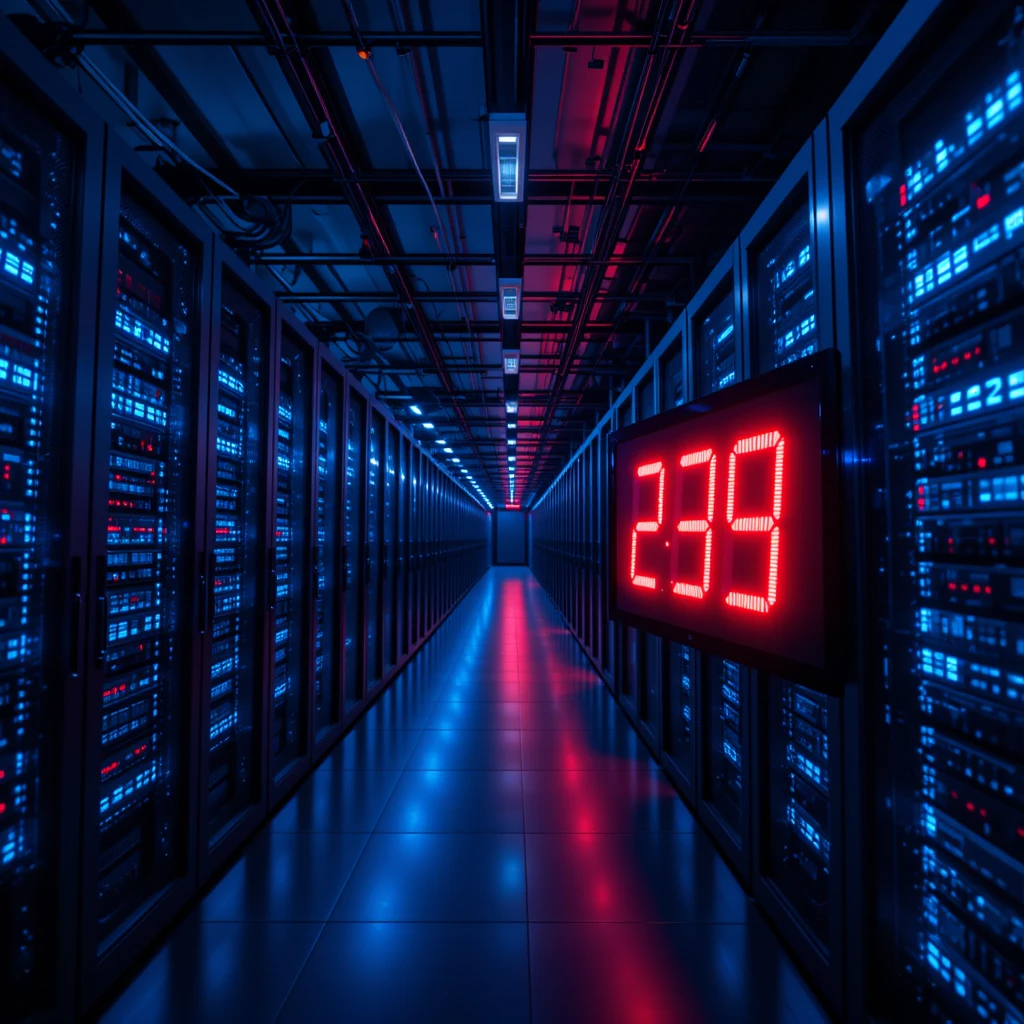Introduction
Artificial intelligence is no longer a niche research topic—it is transforming industries at breakneck speed. Yet, beneath the hype lies a critical challenge: AI’s insatiable appetite for power. As training and inference workloads push the limits of today’s data centers, we are witnessing a dramatic surge in energy consumption that could reshape our energy infrastructure and environmental landscape.
AI’s Insatiable Appetite for Electricity
Recent analyses have shown that the computational intensity of large AI models—especially generative ones like ChatGPT and other language models—requires enormous amounts of electricity. For example, a single AI query can consume up to ten times more energy than a conventional internet search, and training large language models can require hundreds of megawatt-hours of power per run. This dramatic escalation is driven primarily by the increased use of power-hungry GPUs, with state-of-the-art chips drawing between 700 to 1,200 watts each. As companies continue to develop and deploy ever more complex models, the cumulative energy demand is skyrocketing.
Data Centers at the Heart of the Problem
Data centers are the backbone of AI, yet their energy consumption is set for a major leap. While today’s data centers account for roughly 1–1.5% of global electricity use, projections indicate that—with the rapid integration of AI—their share could expand dramatically. For instance, some estimates suggest that in the United States alone, data center electricity consumption could nearly triple by 2030—from about 150–175 terawatt-hours in 2023 to as much as 560 TWh, equating to roughly 13% of current national power demand.
The rapid proliferation of AI-driven workloads is not only spurring a construction boom in dedicated AI data centers but is also challenging existing grid infrastructures. In regions where data centers are geographically clustered, like Northern Virginia, power supply bottlenecks have already started to appear, forcing utilities and tech giants to rethink how energy is sourced and delivered.
The Environmental and Economic Implications
The environmental implications are profound. Increased reliance on fossil fuels to meet soaring data center demand is a significant concern, with many of these facilities currently powered by non-renewable sources. Although tech giants have pledged massive investments in renewable energy and even nuclear power—for example, Microsoft’s deal to reopen the Three Mile Island reactor—these measures are reacting to a rapidly growing energy gap.
At the same time, efficiency gains in data center operations are proving challenging to secure. Even modest improvements in cooling systems or server efficiency can have a substantial impact, yet the overall trend is toward greater power consumption. As hyperscalers like Google, Microsoft, and Amazon continue to invest billions in new data center capacity, the race to secure sustainable and affordable electricity has become a top strategic priority.
Innovations on the Horizon
Amid these challenges, industry innovators are exploring a range of strategies to curb the energy explosion:
- Energy-Efficient Hardware: Advances in chip design—such as custom AI accelerators and the shift from air to liquid cooling—are showing promise. For instance, next-generation GPUs are being engineered not only for performance but also with energy efficiency in mind.
- Renewable and Nuclear Power: With the energy demands of AI data centers projected to grow exponentially, tech companies are increasingly turning to renewable energy sources and even nuclear power to ensure a stable supply. Partnerships with energy providers and investments in innovative projects are beginning to bridge the gap.
- Smart Data Center Design: Enhanced cooling methods, such as liquid cooling, and innovative power distribution methods are being adopted to reduce energy waste. Some research suggests that optimizing workload distribution across processors can cut energy consumption by up to 30% without sacrificing performance.
What the Future Holds
Looking ahead, the challenge is twofold: we must expand our energy infrastructure while simultaneously making AI operations more efficient. Although breakthroughs like those claimed by Chinese startup DeepSeek—whose cost-efficient chatbot has raised hopes for lower energy needs—offer an intriguing counterpoint, overall demand will continue to grow as AI becomes embedded in every facet of our lives.
This situation presents both risks and opportunities. On one hand, unchecked energy consumption could strain power grids and exacerbate environmental degradation. On the other hand, the drive to meet AI’s energy needs is accelerating the transition to cleaner, more resilient energy systems—a transition that could ultimately benefit society as a whole.
Conclusion
The rising power demand of AI is not just a technical challenge—it is a clarion call for rethinking how we produce, distribute, and consume energy in the digital age. As data centers expand and the thirst for AI-driven computation grows, industry leaders, governments, and communities must collaborate to build an energy future that is both sustainable and robust. In the race to power the next wave of technological innovation, finding the balance between performance and sustainability will be crucial.
This exploration of AI’s rising power demand highlights that while AI’s potential is boundless, its energy footprint poses a significant challenge that must be met with innovation, investment, and collaborative action.

